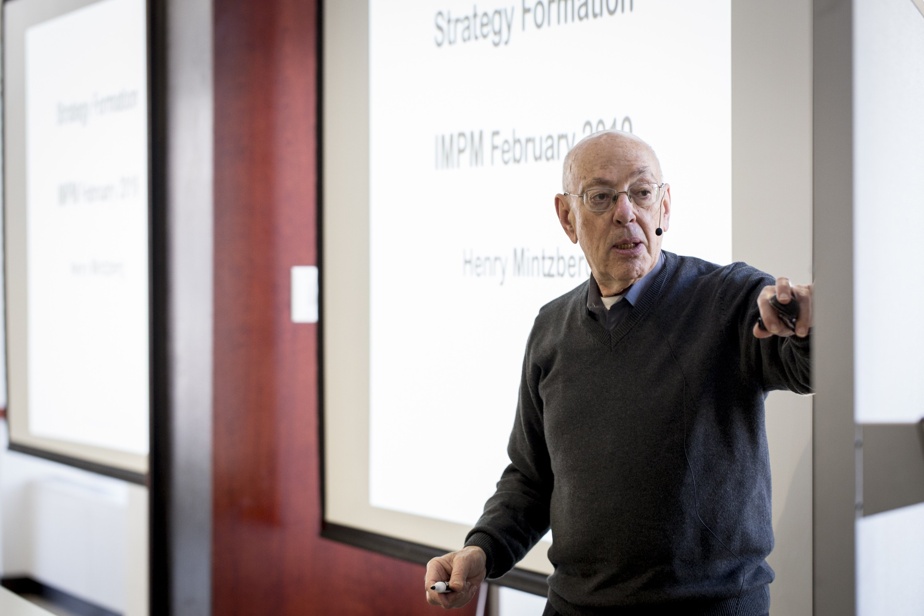First of all, what is an organization? The author defines it as “collective action structured around the pursuit of a common mission”. The image that comes to mind when we talk about organization is often that of an “organization chart”. To go further, in this work the author deciphers the seven forces that shape organizations, interrelated within seven major forms. And if it were possible to design better organizations, what would need to change?
Actors and links
Every large organization has its actors and roles, like parts of a body: operators, support staff, analysts, managers, leader. Around them gravitate owners, communities, supporters, unions, partners and interest groups; so many external influencers who can shape organizational behavior from the outside. The researcher also lists all the links that unite these parts, such as chains, hubs, networks and wholes. In a chain organization, for example, work flows in a linear sequence. When we talk about a hub, we are talking more about a convergence center or a center of activity. The author also specifies that “webs, or networks, designate free movements of people, information and/or materials, without sequence or fixed center”. Finally, in ensembles, the parts are rather called upon to work autonomously.
Forces and shapes
Henry Mintzberg presents the unique forces that drive all organizations: efficiency, competence, consolidation, collaboration, culture, division and conflict. These forces are articulated through seven major forms, which range from the personal enterprise to the professional assembly via the programmed machine or the community organization.
Possible improvements
“Sooner or later, every organization must expect the unexpected, no matter how stable its structure,” says the author. Of course, change is necessary, but is it really possible to change an organization? The programmed machine can undoubtedly resist the need for renewal more. For all other forms of organization, strategies exist to transform. The author cites a host of examples: task enlargement can increase the versatility of employees within the operational core; teamwork is able to encourage collaborative innovation; the introduction of a new leader can make it possible to achieve a temporary recovery…
What if organizations could truly “take off”, organize themselves outside the framework to decompartmentalise their world and broaden their boundaries? What if the company of the future was an “anti-institution” freed from the orthodoxies of the world of organizations? The professor calls for emergent structures, learned rather than planned, to lead the way.
* This article is published thanks to a partnership with the magazine Management HEC Montrealwhere it first appeared.

Understanding organizations… Finally!
Les Éditions de l’Homme
320 pages
